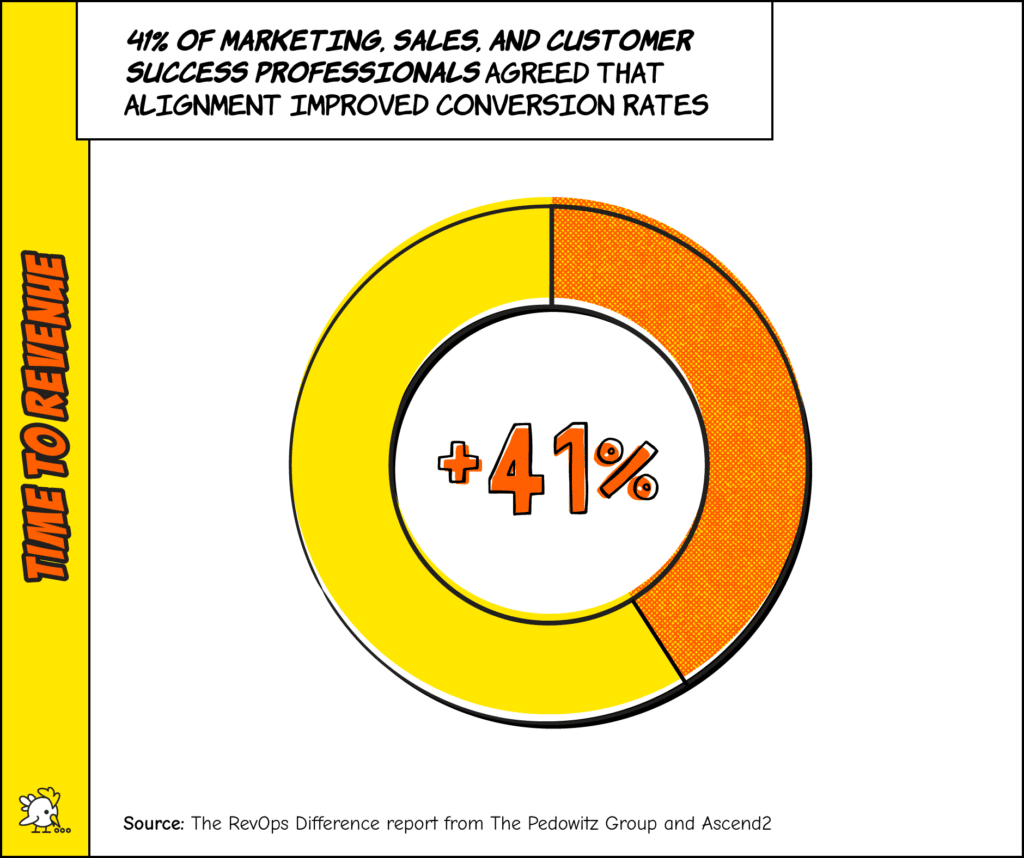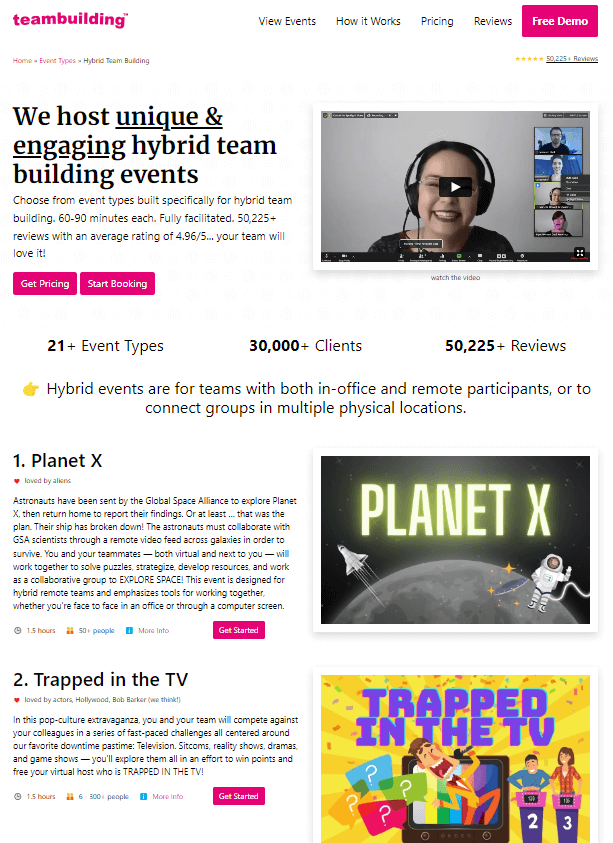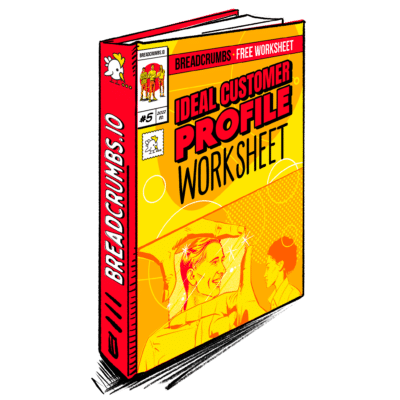

Unkover your competitors’ Marketing Secrets
Say goodbye to wasting hours on competitor analysis by equipping your team with an AI-driven, always-on competitive intelligence platform.


Say goodbye to wasting hours on competitor analysis by equipping your team with an AI-driven, always-on competitive intelligence platform.

Stay Ahead with AI-DRIVEN Competitive Intelligence
Unkover is your AI-driven Competitive Intelligence team delivering critical updates about your competitors the moment they happen:
Track your competitors website changes
Why spend all day stalking the competition when you don’t have to?
With Unkover, you’ll know instantly when your competitors tweak their messaging or shake up their pricing. No more endless scrolling through their sites or second-guessing your strategies.
Let us do the heavy lifting for you, ensuring you’re always in the loop by notifying you the moment a critical change happens on your competitor’s pages.
Sit back, relax, and keep winning—Unkover makes sure you’re not just in the game, you’re always a step ahead.


Read your competitors emails
Companies love updating their customers and prospects about relevant news, product updates, and special offers.
That juicy info from your competitors? It’s yours too. Unkover will automatically capture all their emails and bring them right to your doorstep—accessible to your entire team, anytime.
[COMING SOON: Our fine-tuned AI will sift through these emails, extract key information and send them over to the best team within your org. Less noise, more signal!]
We hear you! Unkover’s goal is not to flood you with tons of data points that no one in your team will ever read. We gather competitive intelligence from thousands of data sources and use AI to highlight actionable information to the right team in your company.
Say goodbye to noise. We’re 100% signal.
ROADMAP
We’re excited to get Unkover in your hands as soon as possible and keep building the best competitive intelligence tool with your precious feedback. The roadmap for the next few months is already exciting, so take a look!
While we build and deliver, here’s our promise to you: as an early tester and customer, you’ll lock in an exclusive bargain price we’ll never offer again in the future.

Spy on your competitors’ full marketing strategy: social, ads, content marketing, email flows, and more.

Track competitive Win/Loss analysis and build battle cards. Get alerted at every pricing change.

Get immediate alerts when competitors announce new features or major releases. Identify strengths and weaknesses from online reviews.

Get the competitive intelligence you need where you need it: Slack, eMail, MS Teams, Salesforce, Hubspot, Pipedrive and more.
slack integration
Unkover’s Slack integration lets you keep your whole team up to speed with your competitors’ updates.

Join now to lock in an exclusive 50% lifetime discount
For startups and small teams, it’s the essential toolkit you need to keep an eye on a select few competitors.

Up to 5 competitors

50 pages monitored

10 email workflows

3-day data refresh
$39
/per month
$ 79
50% discount
Billed annually
For growing businesses, it allows you to monitor more competitors, pages, and email workflows.

Up to 10 competitors

100 pages monitored

20 email workflows

1-day data refresh
$79
/per month
$ 159
50% discount
Billed annually
For large companies, it is tailored to meet the needs of multiple teams needing granular insights.

Custom number of competitors

Custom number of pages monitored

Custom number of email workflows

Hourly data refresh
Custom price
Billed annually

Time to Revenue bridges the gap between the customer’s first touchpoint with your brand and the moment it starts generating revenue.
It’s a critical and elusive KPI.
For starters, how do you measure it when you have zero clue on the end-to-end customer journey? More importantly, how do you shorten it and accelerate revenue?
That’s what we’ll be learning in today’s post.
Time to Revenue (TTR) is the estimated time frame between when a business launches and when it starts generating revenue. This KPI plays a significant role in sales forecasting, lead prioritization, budgeting, and more.
The best way to measure it is to use a revenue attribution tool that connects all revenue-related data in one place. This means your leads from LinkedIn ads, closed won deals in HubSpot, and other data that drives revenue.
In product-led growth (PLG), the product is treated as the main vehicle of acquisition, activation, retention, revenue, and referral (AARRR).
Users would go through a personalized onboarding process and navigate through the product freely, without any interaction with sales.
Sounds amazing for introverted sales reps and customers, right?
Not quite, as the users who onboard themselves could prolong time to revenue, as Joe Aicher discovers. The director of RevOps solutions at Breadcrumbs shares:
“During that early period, we were more than happy to allow new users to experience the platform themselves. We figured the best of the best would choose to upgrade.”
Alas, we found out that most users struggled to connect the dots. They couldn’t comprehend the value of lead scoring, let alone how our tool could become such an integral part of their business.
Note: Your product maturity informs your go-to-market strategy. If you sell a highly complex product and/or you sell to enterprises, opt for a sales-assisted or sales-led model.
In the end, we took the initiative to structure a guided onboarding process.
“It helped to move users through setup and implementation to actual value realization quicker,” reveals Joe. “The trade-off of that initial investment has paid dividends when looking to turn trial users into paying customers.”
41% of marketing, sales, and customer success professionals saw a drastic change in their conversion rates after aligning their departments.

Nathan Hughes, a marketing director at Diggity Marketing, values a tight-knit relationship between marketing and sales—so much so that the former team should take charge of lead qualification before handing it off to sales.
He shares with Breadcrumbs:
“Marketing should be the first to contact and qualify leads. By streamlining this screening process, sales teams interact with qualified leads who are already interested in the product, increasing their efficiency and Time To Revenue.”
Here’s how you can use a contact scoring tool like Breadcrumbs in your lead handoff:
Breadcrumbs will send all scoring information back to your CRM platform. Marketers can continue to nurture the marketing-qualified lead (MQL) and hand them over to sales when they reach or exceed the sales-ready threshold.

Set the CRM platform as a central source of truth where marketing, sales, and customer success can access. That way:
You can also identify upsell opportunities and catch at-risk customers on our contact scoring tool. Book a 30-minute demo with Breadcrumbs today.
The average buying journey involves six to 10 decision-makers. And add to that, each decision maker has four or five pieces of information they’ve gathered independently.
It’s no wonder customers are frustrated during the buying process with all these hoops and complex dynamics.
TeamBuilding makes it easy for clients to say yes by rewarding them and eliminating as much friction as possible. Here’s how you can replicate its well-thought-out revenue strategy.
Irresistible perks get an instant yes.
At TeamBuilding, customers who book holiday parties before November 1 get first dibs on time slots and senior event hosts.
Consider incentives to encourage customers to say yes. Perks like staggered discounts and exclusive freebies can speed up sales by tenfold.
Support customers during the buying journey.
CXL, a digital marketing institute, provides an email template, student reviews, and success stories for customers who want to be reimbursed for their learning.

Likewise, TeamBuilding sends an information document to the point-of-contact, which they can easily share with other decision-makers.
Customers who are spoilt for choice delay buying at best and leave at worst.
The folks at TeamBuilding recommend the top three choices instead of its 30+ options for first-time clients, removing the time and fatigue involved.

The average Time to Revenue for TeamBuilding hovers from three to 10 days*, with the standard being non-recurring purchases in the $1000 to $5000 range.
Michael Alexis, CEO of TeamBuilding, shares what he and his team have achieved with Breadcrumbs:
“I’d estimate that the above tactics and others have helped reduce Time to Revenue by 20-30%. Perhaps more importantly, these same efforts increase our close rate—which means we have more revenue overall.”
*TeamBuilding is an event company, so its TTR is a relatively short period of time, unlike B2B SaaS startups with high-ticket items.
The sales-assisted model sits between the sales-led and product-led growth (PLG) strategies.
On average, SaaS companies take about 84 days to close a deal. If it’s a complex product, we wouldn’t be surprised if it takes longer. Adding a sales-assisted layer helps, as it involves a sales person walking through a high-value lead one-on-one.

Aleksandra Korczynska, CMO of GetResponse, advocates for the sales-assisted model:
“It could take months or even years from the lead capture to signing the contract and then getting the money into your account.”
Aleksandra Korczynska, CMO of GetResponse, on why companies should implement a sales-assisted model in their go-to-market (GTM) strategy to minimize friction in the buying process and shorten the Time to Revenue.
Instead of the lead questioning the product’s value and canceling the free trial or the freemium account, the salesperson can personally address their objections and pitch how the product solves their problems from the get-go.
A diverse customer base provides an extra financial security layer.
During the early days of COVID-19, a flock of companies closed their shutters. This created a ripple effect—businesses that worked with these collapsed companies saw significant damage to their revenue.
In situations like these where the market is put to the test, Aleksandra explains, ICP diversification might be a solution.
“Even if you’re targeting just enterprise companies, you can choose different ICPs,” adds the CMO of GetResponse.

Ebook
Ideal Customer Profile (ICP) Worksheet
Learn how to create an Ideal Customer Profile and build a successful sales strategy with this Ideal Customer Profile (ICP) Worksheet.
For example, a metal manufacturing company that previously sold to consumer electronic companies might pivot to telemedicine and healthcare. It’s worth a shot as these industries might need them for biotechnology and biosensor technology.
One way to find an untapped market opportunity is to analyze your existing customer data using a tool like Breadcrumbs Reveal.
Grab your free account here and complete the following steps:
1. Connect your customer data
2. Choose the segment of contacts that define success (e.g., $1M MRR)
3. Reveal the results
Breadcrumbs will uncover your most valuable data, including the industries that are responsible for the bulk of your revenue.

Grab your free Reveal account.
Without measuring Time to Revenue, it’s impossible to understand the complete customer journey. The lack of revenue-generating insights will impact all aspects of your business, from marketing to sales and everything in between.
Start measuring this elusive KPI with a revenue attribution tool. And while you’re at it, book a 30-minute demo with Breadcrumbs today. Our contact scoring tool helps you close more deals and identify the attributes and actions that drive revenue.